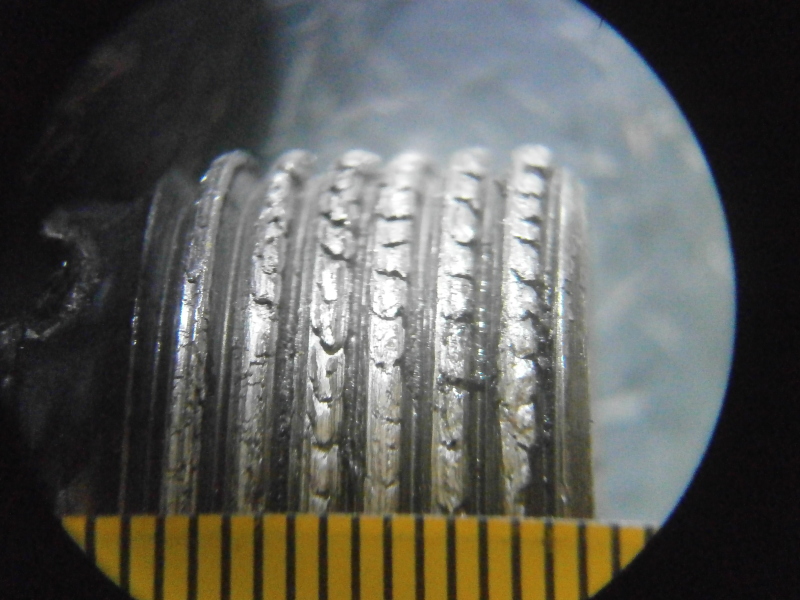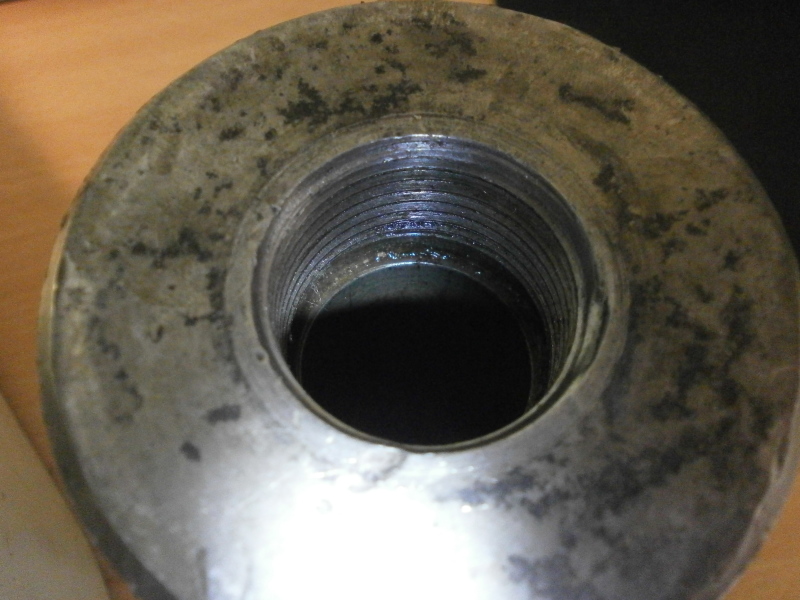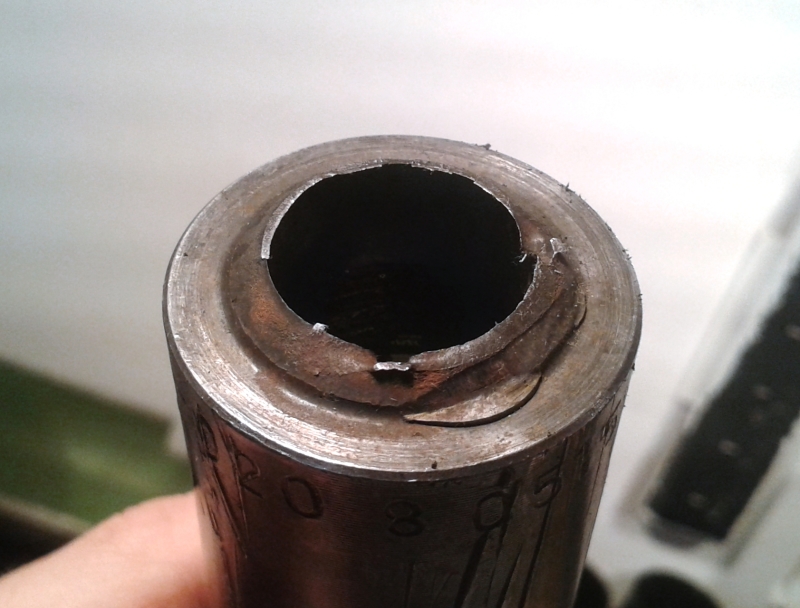GonzaloMartinez
Mechanical
- Apr 9, 2015
- 24
Hello everyone, I want to know if someone can help me identify this mechanism of damage so I can look it up in the bibliography by its proper name.
Thank you.
(Reference in millimeters)

Thank you.
(Reference in millimeters)




